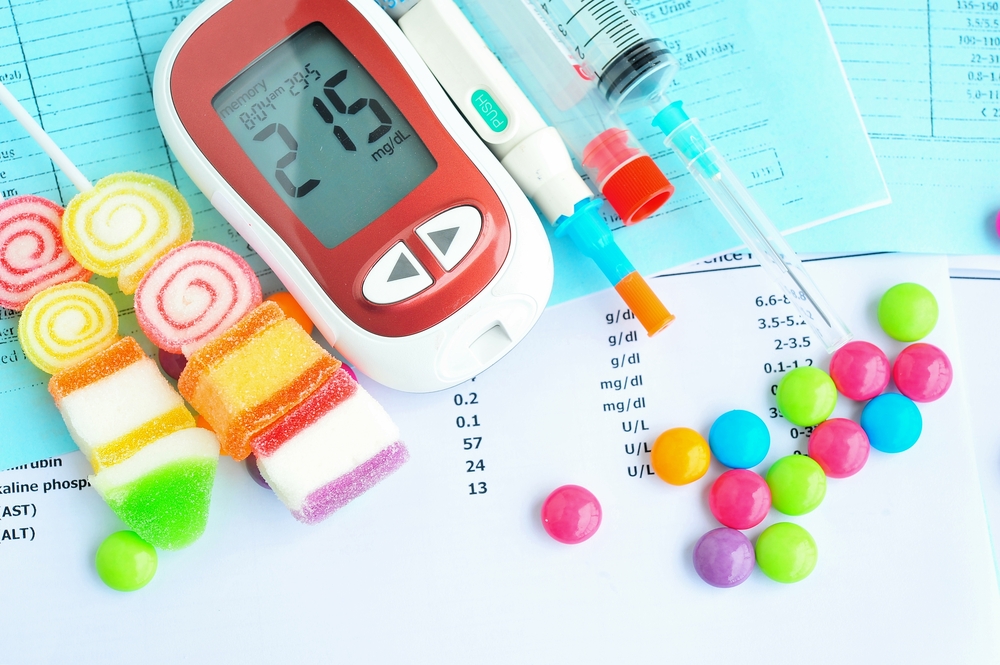In a study titled “Effect of obesity and hyperglycemia on benign prostatic hyperplasia in elderly patients with newly diagnosed type 2 diabetes“, published in the International Journal of Clinical and Experimental Medicine, researchers looked at the role of hyperglycemia and obesity in patients who had benign prostatic hyperplasia (BPH) and who were recently diagnosed with type 2 diabetes. The researchers studied 141 patients who had both BPH and newly diagnosed type 2 diabetes.
Patients with BPH have a common condition in which the prostate tissue grows to a point where it affects the male urinary tract, causing an impairment in their ability to maintain a normal urinary stream. Several studies have shown that fasting blood sugar levels and obesity play a role in how fast BPH progresses.
The team analyzed 141 patients observing that older men had significantly higher scores of prostate hyperplasia symptoms, higher prostate volumes, and lower urinary flow rates. It was also found that patients with higher glycosylated hemoglobin (HgbA1c) had much higher scores in BPH symptoms along with an increase in prostate volume and decreased urinary flow rate when compared to men who had lower HgbA1c. This means that patients with worsened diabetes had increased BPH symptoms and a higher prostate volume when compared to those with a mild case of diabetes.
In the study, researchers also correlated obesity with BPH symptoms. The body mass index, which can measure an individual’s level of obesity, correlated positively with measures of prostate volume and prostate symptom scores. The more obese a person was, the more BPH symptoms they presented and the greater their prostate volume.
The researchers wanted to understand to which extent body mass index, HgbA1c or age, contributed to prostate enlargement symptoms. The results indicated that for every year of age, symptom scores increased by 0.141, while for every unit of body mass index augment there was a 0.714 increase in symptom scoring. As for the HgbA1c, each percent increase was associated with a 0.352 elevation in prostatic hyperplasia symptoms. This means that body mass index has a stronger association with worsened prostate enlargement symptoms when compared to age and HgbA1c levels.
BPH may not be a single entity but it could be influenced by a change in sexual hormone metabolism, which is caused by both diabetes and obesity. These diseases contribute to pro-inflammatory events in the body, such as chemokines release, that in turn have a positive effect on prostatic enlargement and BPH symptoms. “Better control of body weight and blood sugar management may be beneficial in preventing and decelerating BPH in elderly patients with diabetes”, the authors conclude in their report.

